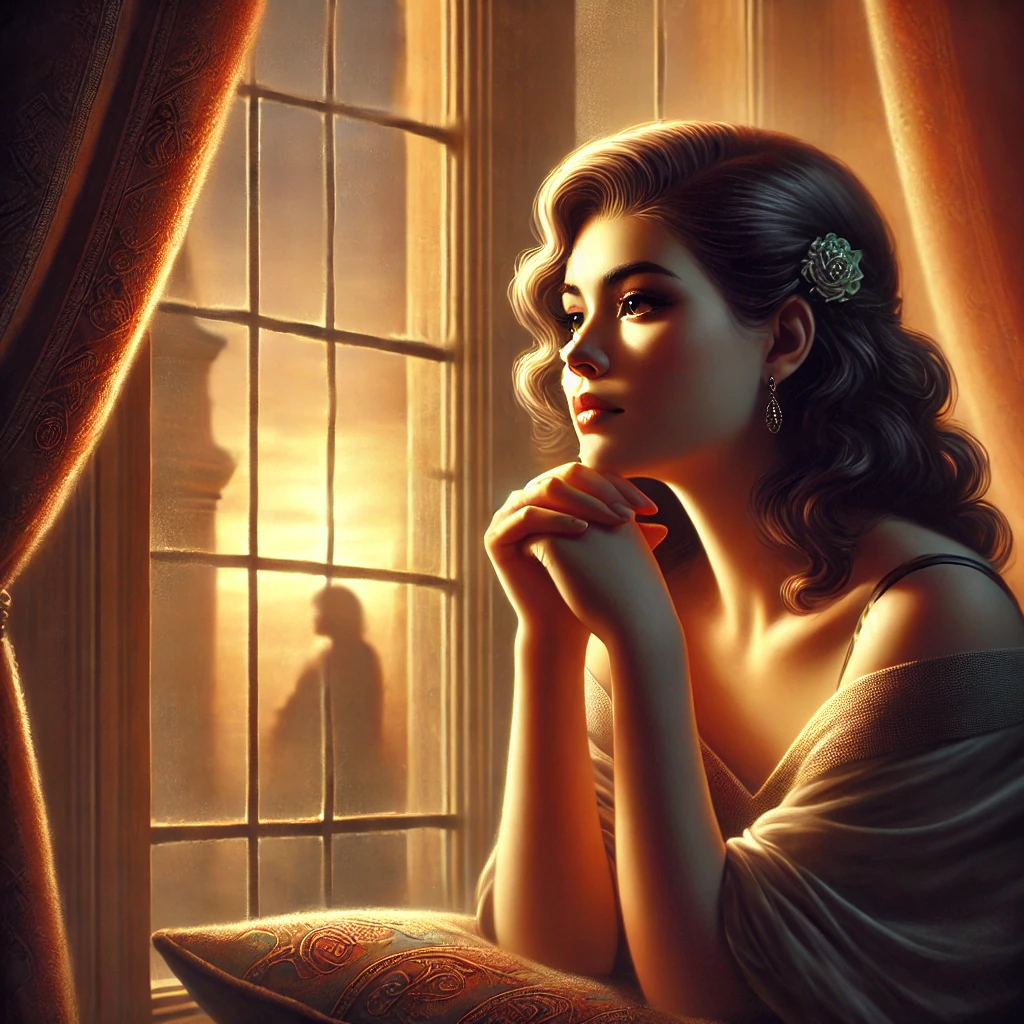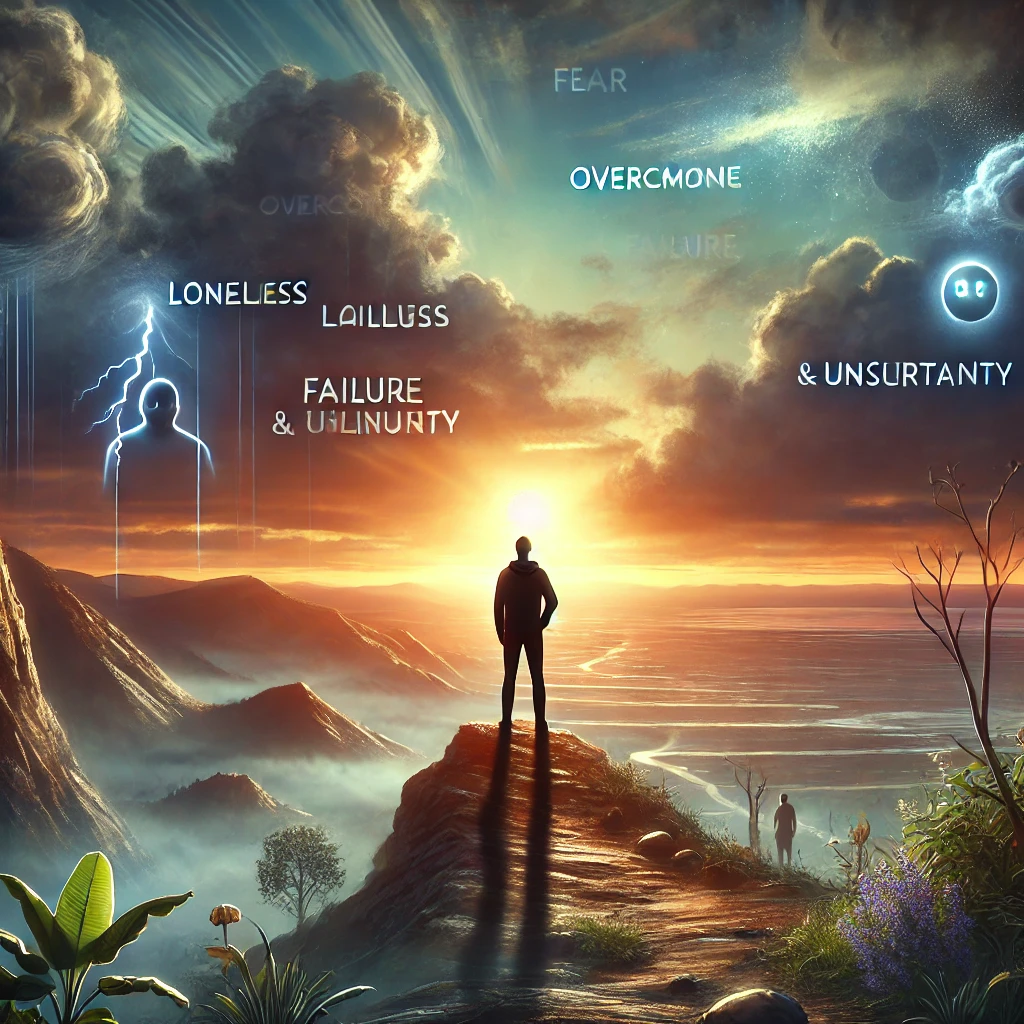Theatres have been an integral part of human culture and artistic expression for centuries. As spaces where stories come alive, they offer audiences an immersive experience that transcends time and place. However, the advent of technology in the 20th century, especially the rise of videotheques and cinemas, posed a significant challenge to the existence of traditional theatre. Many predicted the downfall of live performance venues as movie theatres rapidly gained popularity. Yet, despite these challenges, theatres have demonstrated remarkable resilience, maintaining their relevance and even experiencing a resurgence in popularity in recent years. This article explores the history of theatres, the impact of the video revolution, and the renewed appreciation for live entertainment.
A Brief History of Theatres: The Origins of Storytelling
The tradition of theatrical performance dates back to ancient civilizations, such as the Greeks and Romans, who built grand amphitheatres for public entertainment. These early performances included a range of genres, from dramatic tragedies to comedic plays, and became a cornerstone of cultural and civic life. Theatre flourished through the centuries, evolving in form and style, from the classical Shakespearean stage of the Renaissance to the elaborate opera houses of the 18th and 19th centuries. The experience of watching live actors embody characters on stage, with the immediacy of their presence and the energy of a live audience, created a unique and irreplaceable connection.
Throughout this time, theatre held a special place in society, serving as a venue not only for entertainment but also for social commentary and political discourse. It provided a mirror to the human condition, allowing audiences to reflect on their own lives through the lens of carefully crafted stories and performances. For centuries, theatre was unrivaled in its capacity to capture the collective imagination.
The Rise of Cinemas and Videotheques: A New Form of Entertainment
With the invention of the motion picture in the late 19th century, a new era of entertainment began. The first silent films, and later, talkies, captivated audiences with their ability to tell stories on a grand scale, using technology to create visual effects that were beyond the reach of live theatre. Cinemas spread rapidly across the globe, offering a new and affordable way for people to experience stories and spectacles. The convenience and accessibility of films made them a popular choice, and soon, cinemas were competing directly with traditional theatres for audiences.
The rise of videotheques in the late 20th century further shifted the landscape of entertainment. With the ability to rent films and watch them at home, people had unprecedented access to a vast library of movies without the need to leave their living rooms. The convenience of home video made it even more difficult for theatres to attract patrons, as many predicted that the traditional model of live performance was on the brink of extinction. The future seemed uncertain for theatres, as they faced declining attendance and increased competition from the burgeoning film industry.
The Resilience of Theatre: Adaptation and Reinvention
Despite the bleak outlook, theatres did not fade into obscurity. Instead, they adapted and found ways to differentiate themselves from the cinematic experience. Theatre companies began to emphasize the unique qualities of live performance that no film could replicate—such as the immediacy of a live actor’s presence, the unpredictability of each performance, and the communal atmosphere of being part of an audience. These qualities created a sense of connection and authenticity that no movie or home video could replace.
Theatre also embraced innovation to stay relevant. Many theatres integrated modern technology into their productions, using digital projections, advanced lighting, and sound effects to enhance the storytelling experience. Musicals, for example, gained immense popularity with their dynamic performances, blending music, dance, and acting in a way that drew audiences back to the stage. Productions like The Phantom of the Opera and Les Misérables became global sensations, demonstrating that theatre still had a place in contemporary culture.
Additionally, theatres leveraged the appeal of intimate and unique experiences. Smaller, community-based theatres thrived by focusing on local stories and providing a space for new voices and experimental works. This allowed theatres to carve out a niche that distinguished them from the mass-market appeal of films. Theatre festivals and events also became popular, offering audiences a chance to see multiple shows and performances over a few days, creating a vibrant cultural experience.
The Return to Live Theatre: A Resurgence of Interest
In recent years, there has been a notable resurgence in the popularity of live theatre. People have begun to rediscover the joy of experiencing performances in person, and theatres have seen a rise in attendance. This trend can be attributed to several factors, including a growing desire for authentic, shared experiences in an increasingly digital world. As screens have become ubiquitous in everyday life, many people have sought out opportunities to disconnect from technology and engage in real-time interactions. The communal aspect of theatre, where audiences laugh, cry, and react together, provides a sense of connection that is becoming rarer in modern society.
Moreover, the advent of social media has played an unexpected role in promoting theatre. Shows like Hamilton, which gained widespread attention online, have shown how a stage production can create a cultural phenomenon. The power of word-of-mouth and viral content has helped bring younger audiences to the theatre, many of whom may have previously seen live performance as outdated or inaccessible.
Theatre productions have also become more inclusive and diverse, reflecting the broader changes in society. Stories that represent a wider range of voices and perspectives are being told on stage, making theatre more relevant to a broader audience. This inclusivity has attracted people who may not have previously felt represented in traditional theatre, creating a fresh wave of enthusiasm for the art form.
The Lasting Appeal of Live Performance
One of the most compelling aspects of theatre’s resurgence is the realization that live performance offers something irreplaceable. Unlike films, which are fixed and unchanging once they are released, each theatrical performance is unique. Actors adapt to the energy of the audience, and no two shows are ever exactly the same. This sense of spontaneity and the “liveness” of the moment are qualities that many people find refreshing in an age of pre-recorded and pre-packaged media.
Moreover, theatre often creates a more immersive experience than film. The intimacy of a small theatre, where the audience is close to the stage, can create an emotional connection that is difficult to replicate on a screen. The tactile, real-world nature of theatre—seeing actors move in physical space, hearing their voices unmediated by speakers—offers a different kind of sensory engagement.
The Coexistence of Theatre and Film: Complementary Art Forms
While the rise of videotheques and cinemas initially seemed to threaten the survival of traditional theatre, it has become clear that the two forms of entertainment can coexist. Many people enjoy both live performances and films, recognizing that each offers a unique experience. Rather than replacing theatre, film has expanded the range of storytelling mediums available to audiences.
In fact, the success of both theatre and cinema has led to interesting crossovers between the two. Popular plays and musicals are often adapted into films, and some movies inspire stage adaptations. This creative exchange has enriched both mediums, allowing each to reach new audiences and explore different storytelling possibilities.
Conclusion: The Enduring Legacy of Theatre
The story of theatre’s survival in the face of technological change is a testament to the enduring power of live storytelling. While the advent of videotheques and cinemas posed a significant challenge, theatres have proven their resilience through adaptation, innovation, and a deep connection to their audiences. The renewed interest in live theatre in recent years reflects a broader desire for authentic, shared experiences in a world that is increasingly dominated by digital media.
As people continue to seek out meaningful ways to connect with one another, the appeal of live theatre shows no signs of fading. It remains a space where stories come alive, where emotions are felt in real-time, and where the magic of performance continues to captivate audiences. Theatres have survived the test of time, and their ability to adapt and thrive suggests that they will continue to play a vital role in the cultural landscape for years to come.











Leave a Reply